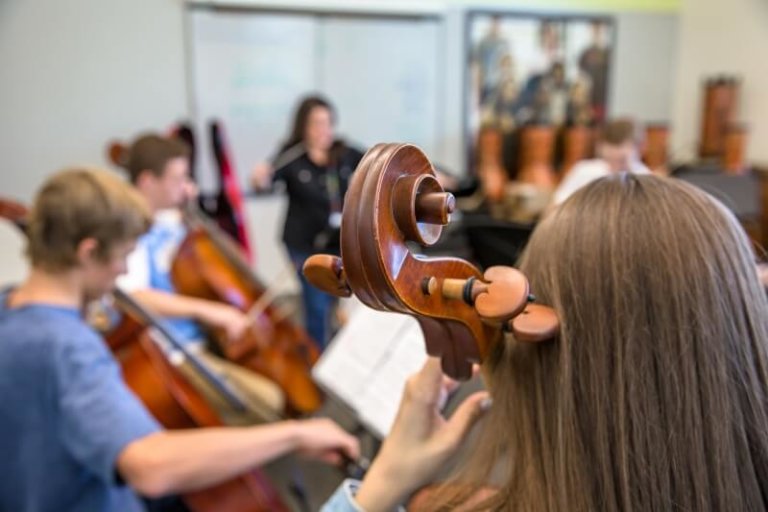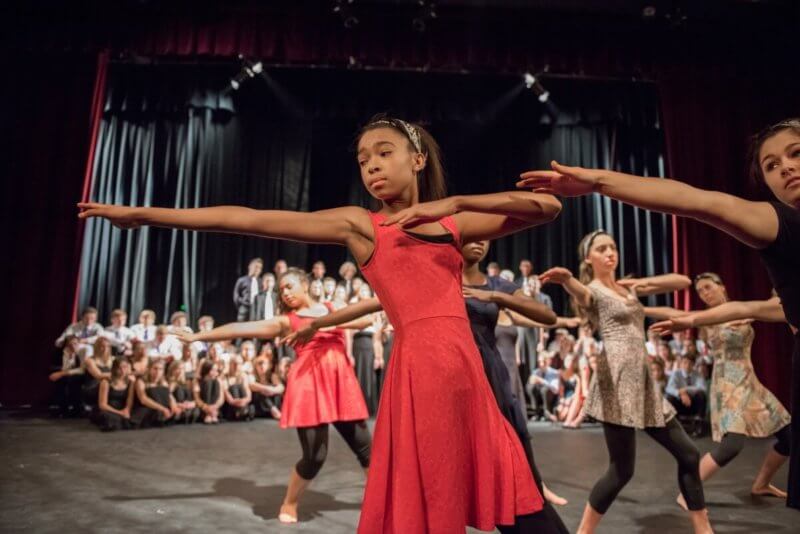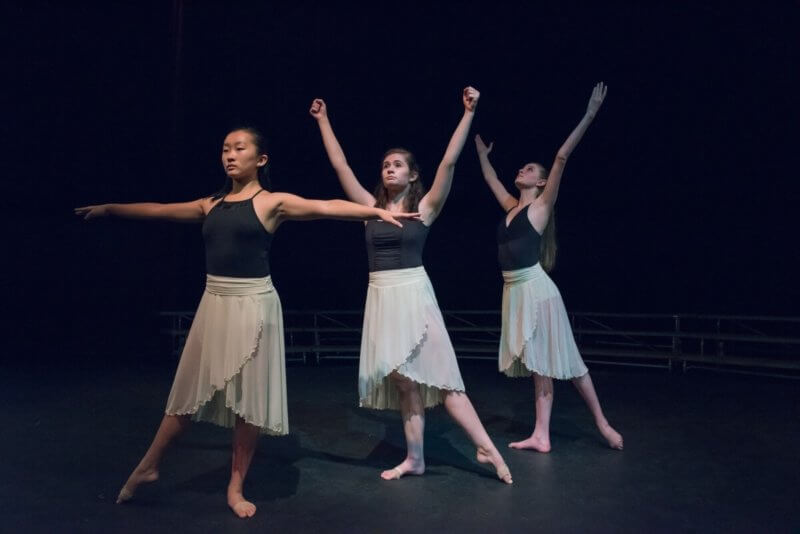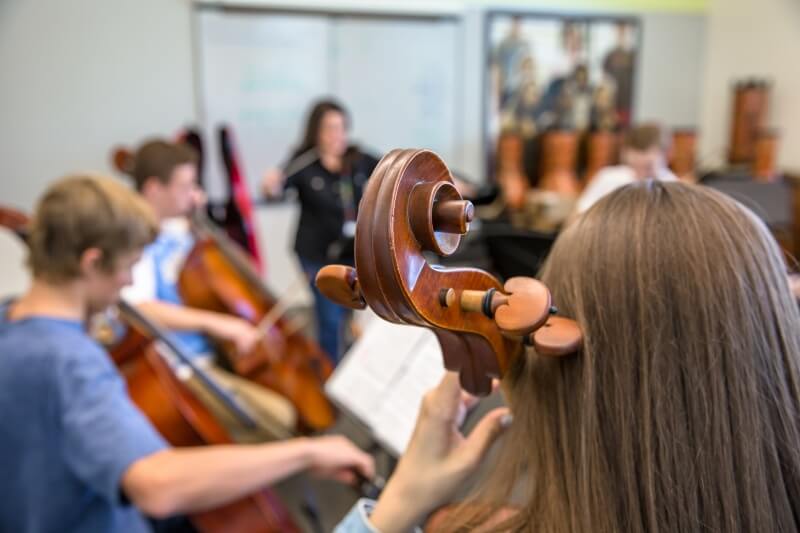In October of 1991, my husband and I packed our children into the Toyota and made the drive from Pasadena to the Tehachapi Mountains of Southern California. It was a scorching hot day, typical for October in So Cal, and I remember both the air conditioning unit and our children’s patience being sorely challenged as we made the pilgrimage up the windy Grapevine to view the acclaimed yellow umbrellas of Christo and his wife Jean-Claude.
This imposing installation was indeed majestic. With a diameter of 26 feet and around 20 feet tall, weighing 448 pounds each, the umbrellas made a dramatic statement upon the crisp brown landscape, since rain, if it happens at all, usually does not get underway until late November. Some stood singularly; others clumped in pairs or in groups on various levels, as if orating or in intimate conference with each other over an 18-mile surface just off Interstate 5. Our children were subdued but curious in the presence of the incongruity, moving from one umbrella to another—so much to see and touch and stand beneath through this unique juxtaposition—and, it seemed infinite to them, and to us. There were 1,760 yellow environmental placements in all, and it made me think of my first visit to the poppy fields in my early California days, of the color of my bedroom in New England when I convinced my mother that yellow would make it sunny even on cloudy days, and of the makings of a dance, not unlike Alvin Ailey’s classic choreographic work, Revelations. My children were, most likely, experiencing something much more organic and less complicated. What is certain is that they were aware that they were in the presence of something very special, holy in the aesthetic sense, and although the temperature was flirting with 105 degrees, they did not want to leave.
While I am fortunate to see and enjoy many instances of excellence in both visual and performing arts, it wasn’t until this past summer that I felt kin to the sort of comprehensive artistic experience that Christo’s umbrellas had provided. The exhibit is called The Visitors (2012), by Ragnar Kjartansson, and it resides at San Francisco MOMA through January 1, 2018. A nine-channel HD video installation, it conveys the experience of making music collaboratively. As you walk into the exhibit you are at once in the midst of numerous gigantic screens that capture eight musician friends warming up, playing instruments, and singing, each in a different room of an old mansion on the 200-year-old Rokeby Estate on the Hudson River in New York. A cellist perches at the edge of a chaise-longue, an accordion player sits on a faded brocade chair, a guitarist reclines in a bathtub, and a number of the mansion’s occupants, whom Kjartansson befriended, appear on the porch surrounding a pianist. The poignant song repeated over and over, which is both tender and winsome, is a composition by Kjartansson, with lyrics by artist Asdis Sif Gunnarsdottir, entitled Feminine Ways:
The stars are exploding around you
and there’s nothing, no nothing, you can do.
It is melancholy, yes, but also invigorating and powerful, and it rises to an explosive canon as you wander through, mesmerized, making eye contact with strangers around you all shaking their heads, clearly in tune with what it means to be enraptured by an experience, moved by something beyond the ordinary, beyond the commonality of our daily lives. I welled up with tears at one point, as did others, and realized that I had been in this one exhibit for the better part of an hour. Like my children with Christo’s umbrellas, my husband and I found ourselves reluctant to leave, even though we had a plane to catch, reluctant to disengage from a heightened state of human experience that abandoning yourself to art can afford. Even more impressive is the fact that the piece was filmed at sunset in a single take.
As we go through our lives, we are all, for better or worse, marked by many instances that we enjoy or endure. We grow and learn through each, and we know they make us who we are, but to be marked by a unique and intentional artistic experience, one with which you long to linger, is a gift, largely because it is full of wonder, and for the adults among us, holding on to wonder is not always easy to do.
At Colorado Academy, we intentionally teach our young artists to seek that wonder, so that they may capture that experience and carry it with them on to adulthood. We want them to create experiential art for others and know the power of that accomplishment. As we usher in a new academic year, our students are eager to roll up their sleeves, open their voices, put on their dance shoes, jump on stage, get behind a camera and move forward, knowing that with art, all things are possible.
In addition to our continuing courses, we have new offerings this year for students in all divisions, including extended choral singing in LS, graphic arts and children’s theater for MS, dance and architecture classes in US, as well as the beginning of a US Orchestra class, fully accredited within the school schedule.
So, everybody, put on your wonder and get experiential. Like those giant screens and yellow umbrellas, it skirts around you for the noticing. That drawing on your refrigerator may have more meaning than you can know; that child who sings or plays her instrument in the house non-stop may have a profound message for you; and that actor or dancer whom everyone sees as being blithely “dramatic,” may be a prophet and the next aesthetic leader of humankind, who challenges and changes our world for the better.




